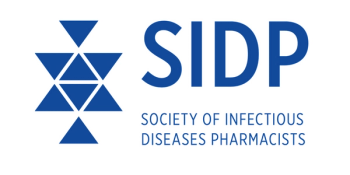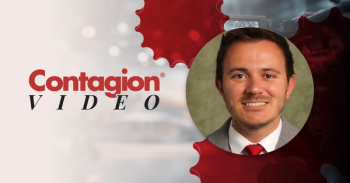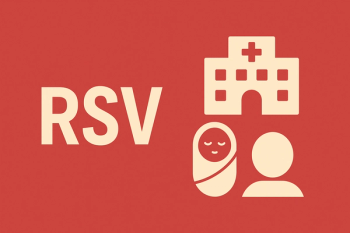
- Contagion, Winter 2024 Digital Edition
- Volume 9
- Issue 04
I’m Sorry, but It’s Time We Talk About Politics
As politics increasingly intersects with science, infectious disease clinicians are called to take on advocacy roles. By engaging with their communities, clinicians can dispel misconceptions, highlight the importance of federal health institutions, and emphasize their role in safeguarding public health and advancing medical progress.
It's trite to say elections have consequences, but those consequences rarely have substantial effects on infectious disease (ID) practice. However, 2025 may bring significant change, with apparent intent to disrupt key components of the US Department of Health and Human Services (HHS)—components critical to disease surveillance, drug development, research, and public health.
The implications could be felt for generations.
HHS oversees 11 operating divisions and numerous office-level components, such as the Office of the Surgeon General. Among these are organizations that directly affect ID clinical practice: the Centers for Disease Control and Prevention (CDC), Food and Drug Administration, National Institutes of Health (NIH), and Centers for Medicare & Medicaid Services. HHS sets the tone for these agencies, profoundly influencing our work. But how much does the public know about them?
Let’s focus on 2 institutions at risk. The CDC is the cornerstone of US public health, tasked with disease surveillance, prevention, and control. Its prevention efforts are crucial for ID, as the CDC coordinates national and international pandemic responses. Through the Advisory Committee on Immunization Practices, the CDC sets evidence-based vaccine recommendations. Before COVID-19, the CDC was rarely in the public spotlight. Now misconceptions abound: Some believe the CDC develops or mandates vaccines, although it primarily serves an advisory role.
These misunderstandings can weaken public trust and impede its effectiveness. The NIH, a collection of institutions focused on research, manages over $45 billion in grants, making it the world’s largest public funder of biomedical and behavioral science. NIH-funded research has led to transformative discoveries and public-private partnerships that yield lifesaving drugs and vaccines for infectious diseases, cancer, and chronic illnesses. When pharmaceutical companies release new drugs, the NIH grants to universities were often the seeds that led to their development. Many people mistakenly think the NIH is a regulatory body or directly develops therapeutics. This confusion, amplified during COVID- 19, obscures the NIH’s pivotal role in funding research that has led to dozens of anticancer agents and uncovering links between infections and cancer. Its impact is vast yet often unrecognized. What does this mean for ID clinicians? It’s time to step up and advocate for science.
Although the full impact of proposed appointments remains uncertain, we can protect these institutions by educating our communities about their roles and importance. For instance, it’s widely known that the NIH sponsored the Human Genome Project, but fewer people understand its contributions to cancer therapies or its role in uncovering infection-related cancers. Highlighting these achievements can resonate with the public, as cancer is a topic that often transcends political divisions. I mention cancer because it touches so many people in prolonged and brutal ways and because it is generally not politically divisive.
Clinicians must embrace a role beyond the bedside to safeguard the institutions that safeguard us. As politics increasingly encroaches on science, the risks to disease surveillance, drug development, and public health policy are existential. It’s time to engage: to teach those we know about these agencies’ critical roles, dispel misconceptions, and advocate for their protection. By educating those around us, we can foster a broader appreciation for the evidence-based infrastructure that saves lives. This isn’t just about politics; it’s about ensuring the progress we’ve made continues to save lives for generations to come.
Articles in this issue
10 months ago
The Changing Climate of Vector-Borne Diseases11 months ago
Contagion Winter 2024 Digital EditionNewsletter
Stay ahead of emerging infectious disease threats with expert insights and breaking research. Subscribe now to get updates delivered straight to your inbox.































































































































































































































































































